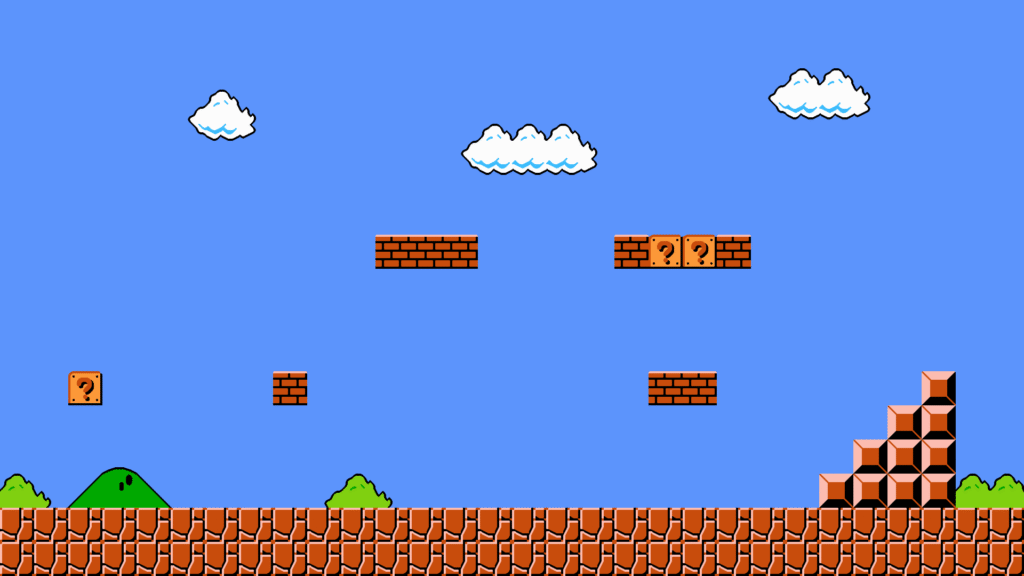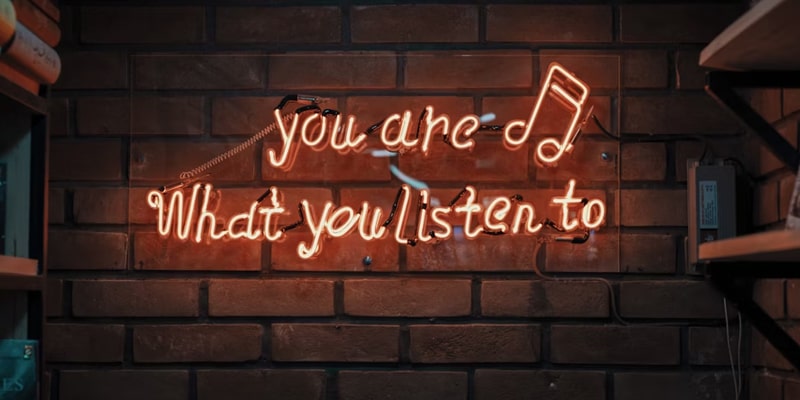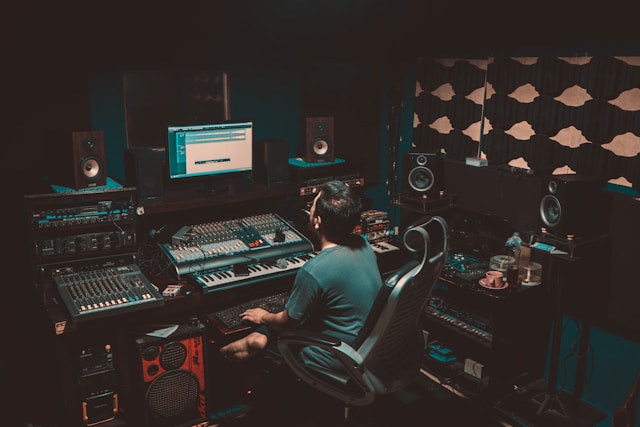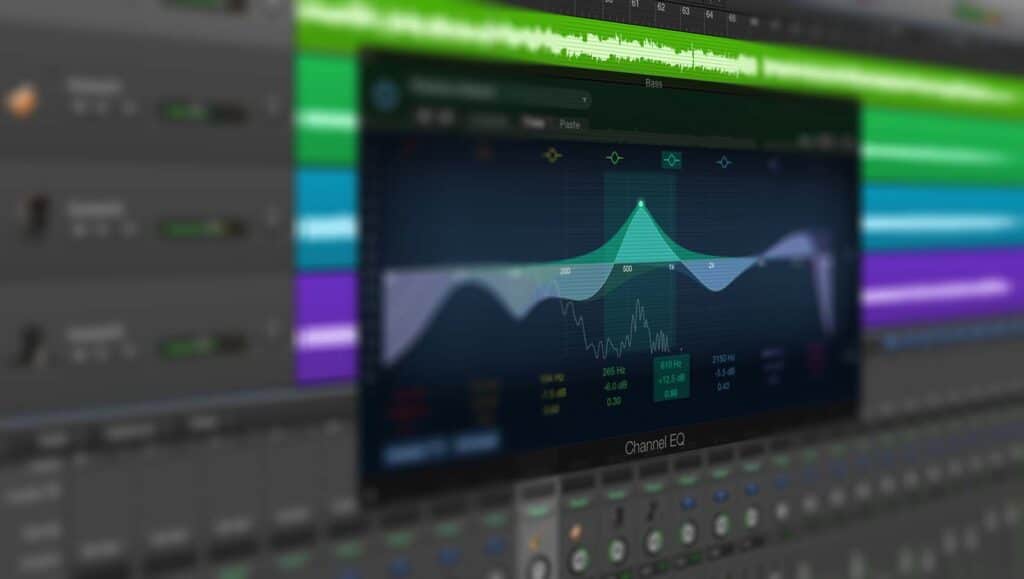Imagine a game that changed the video game industry forever but weighs less than a two-second MP3 file of its main theme. We’re talking about Super Mario Bros. (SMB) for the Nintendo Entertainment System (NES) — a game that managed to fit an entire world of adventure into just 40 kilobytes of memory.
And yet, within those few dozen kilobytes played one of the most famous melodies of the 20th century. Its creator — Koji Kondo, then a 24-year-old musician who became Nintendo’s first in-house composer — proved that even within strict technical limits, true magic could be created.
The Limitations That Sparked Innovation
In the early 1980s, game developers worked with almost nothing: Atari 2600 cartridges held only 4–8 KB of memory. When the NES was released in 1985, it allowed for 40 KB — but that space had to hold graphics, code, music, and sound effects.
The Super Mario Bros. file consisted of two parts:
- CHR (Character Handling) — about 8 KB for graphic data.
- PRG (Program) — 32 KB for code, game logic, and music.
Everything was programmed in MOS 6502 assembly language, where every byte counted. The composer literally wrote music as code: every note, duration, volume, and waveform was stored as a sequence of numeric commands.
Five Voices for an Entire World
The main challenge in creating the music came from the limitations of the NES sound chip. The console had only five different audio “voices” (channels). The composer had to create a full, dynamic score using just these:
- Square Wave 1: Could only produce square waves.
- Square Wave 2: Also limited to square waves.
- Triangle Wave: Used for bass lines.
- Noise Wave: Produced percussive or noise-like sounds, used for drums or effects.
- PCM Sample Sounds: Used for PCM samples such as percussion — later expanded upon in Super Mario Bros. 3.
The music was created using a special kind of software called a music tracker, which allowed the NES to play music “on the fly.”
Kondo had to build an entire orchestra from these five simple voices. And he did it so convincingly that we still perceive 8-bit music as vibrant and alive.
Finding “The Right” Rhythm
In recent interviews, Kondo admitted that the first version of the main theme didn’t work.
“The first version sounded too slow. It worked as background music, but it didn’t match Mario’s movement,” Kondo recalled in an interview with My Nintendo News (2023).
He rewrote the theme several times until the rhythm perfectly matched the feel of the gameplay — when every jump and step moved in sync with the beat.
“I wanted the music to move the way Mario jumps,” Kondo said.
His method was unusual for the time: he tested the music directly inside the game, watching how it interacted with on-screen events. It wasn’t just background music — it was part of the gameplay itself, synchronized with the player’s actions.
The Conflict Between Music and Sound Effects
Another challenge was that music and sound effects shared the same channels. When Mario jumped or picked up a mushroom, the game temporarily “borrowed” one of the music channels to play the effect.
“We had to make it feel natural. Sometimes the music would drop out for a moment, but that created the illusion that the game was responding live,” Kondo explained (Nintendo Life, 2016).
As a result, the music became interactive — it changed dynamically with the player’s actions, which was groundbreaking at the time.
Behind the Scenes: How the Sound Was Born
Kondo worked in a small room at Nintendo’s Kyoto office. He was the company’s only composer, and he created most of the instruments literally from scratch.
“I often came up with melodies not at work but at home — in the bathroom, in the hallway, while just walking,” he told Nintendo Life (2014).
“Inspiration came when I wasn’t sitting at a computer. I would memorize the rhythm in my head and later program it.”
He then manually entered every note into the music tracker, programming its frequency, volume, and duration. No MIDI keyboard, no interface — just numbers and his ear.
Even the famous Mario jump sound — that cheerful “bloop” — was created by Kondo himself.
“The director asked me to make a sound that no one had heard before,” he recalled. “I wanted it to sound funny and pleasant at the same time.”
Kondo vs. the Limits
The Famicom sound chip had three main channels, but Kondo used clever modulation techniques to create the illusion of five or more layers. By playing with volume and quickly toggling tones on and off, he simulated additional instruments and gave the music surprising depth for an 8-bit processor.
“I never thought of the limits as obstacles. They just made me more creative,” Kondo told Wired (2007).
Influence and Legacy
Kondo’s work set a new standard for the entire industry. His core idea — that music should be felt, not just heard — influenced every subsequent Nintendo title, from The Legend of Zelda to Super Mario Galaxy.
Today, retro game composers still use tools like FamiStudio or FamiTone2 to create music in the same format used back in 1985. But now, it’s no longer a limitation — it’s a stylistic choice.
Epilogue: 40 KB of Immortality
The Super Mario Bros. soundtrack is more than nostalgia. It’s proof that technical limits can drive creativity.
Five channels, 40 kilobytes, one man — and a melody the whole world recognizes.
“I just wanted to make something people wouldn’t forget,” Kondo said humbly.
And it seems he did exactly that.
Decades after Kondo turned code into music, the next revolution in sound may come from music NFTs, where technology once again transforms how we experience and own music.





